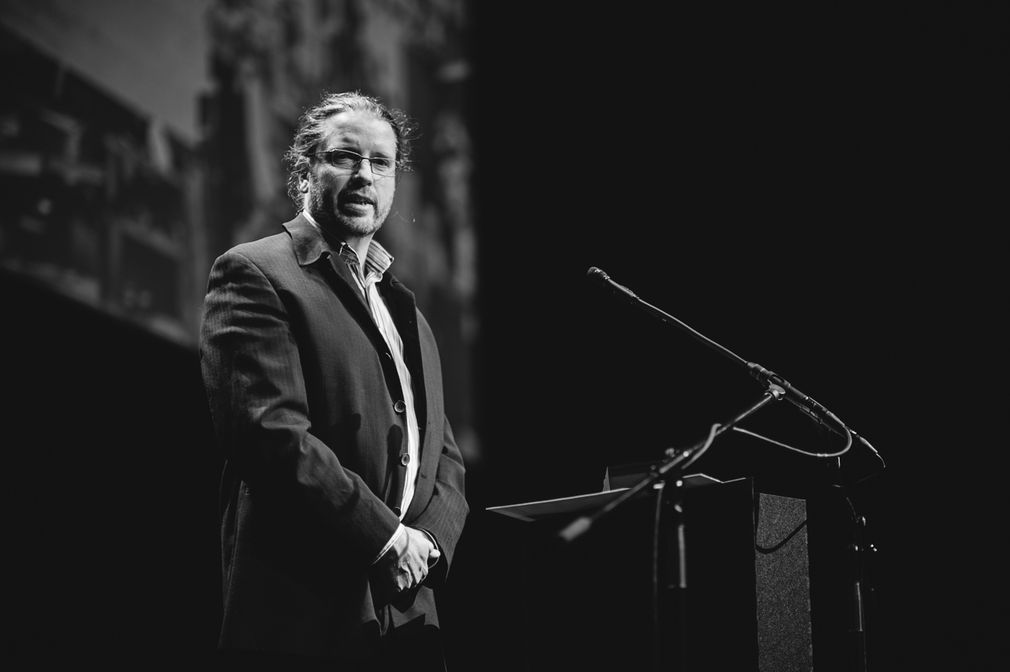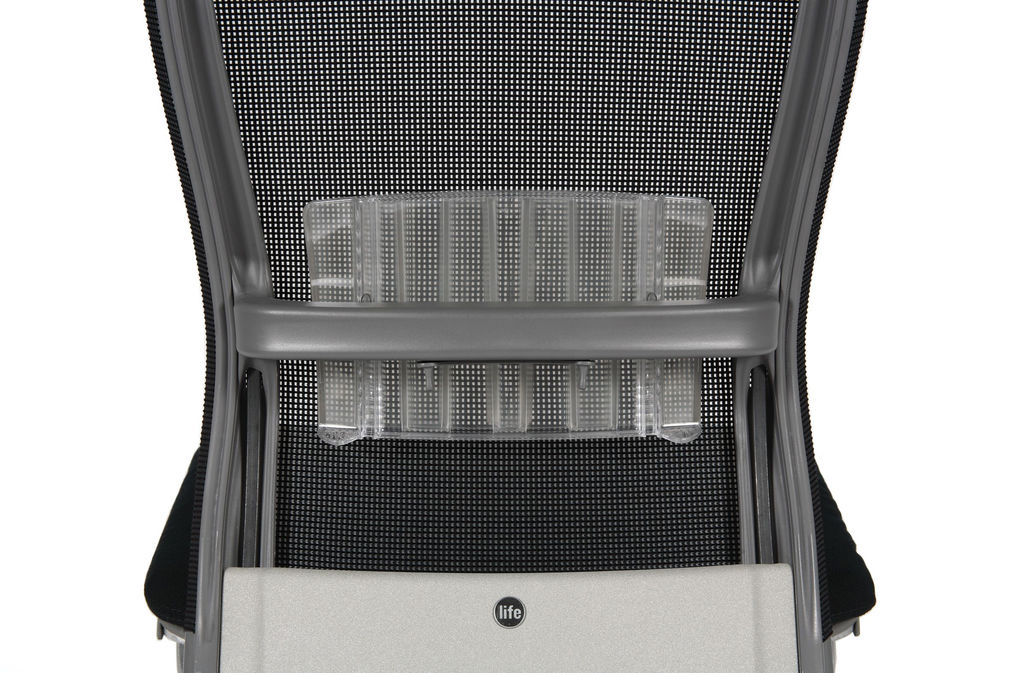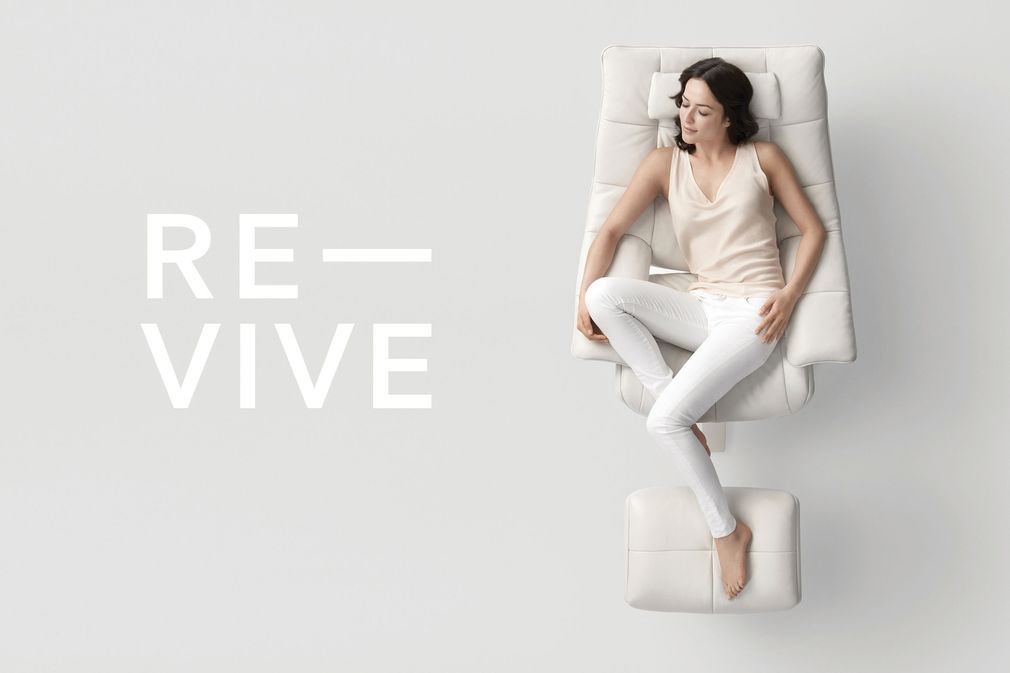Kent Parker, 2013's John Britten Black Pin recipient, has a well-lived life in design. But cast your eye across his Black Pin alumni and you might notice his comparative youth – this is a career with legs left yet.
The young Kent Parker can be found in the Hawkes Bay. He was exposed to the process of ‘making’ early. His father was handy and Parker had “no choice” but to watch projects go on. Apparently they go on still: “He’s 80 and building houses. He can’t stop. It’s in the blood a little bit. I was exposed to it young.”
Hawkes Bay was soon swapped for Wellington. Victoria Uni’s School of Architecture called first but two-years later industrial design was discovered and a move to Wellington Polytech was completed. Parker had found his calling.
At design school, Parker’s tutors included (Black Pin recipient) Mark Pennington, “a big influence”, as were many other staff members. Design school was close-knit and, while studying, Parker found another close-knit team: Richard Taylor – a fellow John Britten recipient – and Tania Rodger. At Weta, Parker was exposed to a philosophy that would percolate throughout his career. “Richard is a passionate man. He had a huge influence on my belief that you can do whatever you want. He has that attitude of being able to take on anything and make it happen.”
After design school, Parker headed to Dunedin and a job with Fisher & Paykel. Employed from his graduation presentation, he wasn’t particularly enamoured with the big company environment but got a product range through the system in his year there. Europe was next, and employment with a Swiss-German designer, Luigi Colani.
Colani lived in a restored French chateau with the stables converted into a design studio. Parker lived on-site, working across everything from concept trucks to ironing boards. Colani, eccentric as well as eclectic, had few rules. “He asked me to go to Germany for a couple of days on a project and I ended up living there for two months. I only took clothing in a bag for the two days,” he laughs. But the Swiss designer reiterated the lesson of Weta. “Anything was possible. It made me realise that if you want to do something then get off your butt and do it.”
Parker returned to Wellington and worked on Lord of the Rings for a year, but it was a “young man’s game” and he wanted to do something that lasted longer.
Cue Formway, where he certainly found longer projects. Four years is the average period from concept to completion at the company. Parker started as a designer, before leading projects and, eventually, with long-term collaborator Paul Wilkinson, running the company.
“Anything was possible. It made me realise that if you want to do something then get off your butt and do it.”
Product design can be a risky business. Hum, a desking system, “was, and is, a very good product”, but the licensing and distribution channel weren’t as good as they could have been. “When a product doesn’t fly like you think it will it can have a huge effect on your business… You’ve got to get the right partner or all sorts of things can happen.”
Formway’s “right partner” was Knoll. How did a Lower Hutt design studio form a tight relationship with a renowned international player? Chutzpah? Self-belief? “All of those companies are open to good ideas. Don’t be afraid to talk to anyone about what you’ve got if you think it’s worth something – they’ll be interested.”



